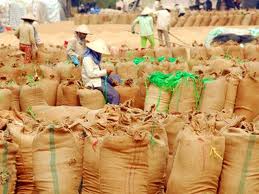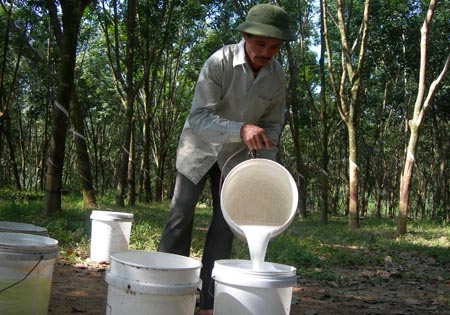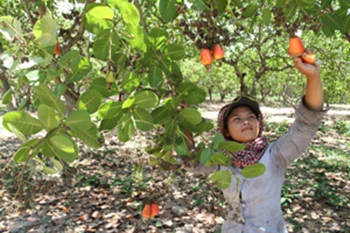What ASEAN rice alliance strives for, quantity or quality?
What ASEAN rice alliance strives for, quantity or quality?
Opinions still differ about if it is necessary to set up a rice alliance in ASEAN, an organization like OPEC in rice export.

If the ASEAN rice alliance is established, this would be a powerful organization which has the function of ensuring the food security in the world and stabilizing the prices.
The five rice countries in South East Asia including Vietnam, Thailand, Laos, Cambodia and Myanmar alone can provide 20 million tons of rice a year to the world.
However, the problem does not lie in the output, but in the technical issues. Due to many reasons, the rice has been sold at the prices too much lower than its actual value.
Vietnam’s rice, for example, has been exported at low prices for the last many years. The latest report by the Ministry of Agriculture and Rural Development showed that in the first eight months of the year, Vietnam exported 5.5 million tons of rice, a 0.5 percent increase in the quantity over the same period of the last year, but the money reaped from the exports was 8.5 percent lower.
In the global economic crisis, the input costs of the agricultural production has been increasing dramatically. However, the value of the rice remains very low, thus making farmers suffer heavily.
The problem occurs not only in Vietnam, but in Thailand as well. The Thai Government now has to subsidize the rice production to ensure profits for farmers, thus causing big difficulties for the export.
According to Professor Vo Tong Xuan, who is considered the biggest rice expert in Vietnam, for the last many years, Vietnam has been striving to export as much rice as possible. The export volume, not the price, has always been cited in reports or conferences to show the achievements of the agricultural production. This means that quantity, not quality, is the thing Vietnamese enterprises strive for.
Xuan emphad that it is now the time to think “how much money the rice exports can bring to farmers,” not “how many tons of rice does Vietnam can export.” Therefore, the ASEAN rice alliance should strive to the so called “ASEAN rice brand.” If so, the value of the rice would be improved, and the rice would not be associated with the phrase “the low cost agriculture.”
The rice value needs to be “polished”
Only Vietnam or Thailand, or just both of the countries would not be enough for a rice alliance. Other rice producers would also play a very important role.
Myanmar, which was the Asian leading rice exporter in 1950s and 1960s, with a lot of new open policies, could bring the “perfect support” to Thailand, Vietnam and other countries.
Worries have been raised from the international community and the farmers from rice export countries about the negative impacts of such an alliance. However, when joining the alliance, no individual would be able to act single handedly, but would have to follow the common rules of the games in order to optimize the benefits of every member.
If Vietnam and Thailand do not “take initiative in the game,” the value of the rice would still be “at the bottom,” especially when Indian, Cambodian and Myanmar businesses are ready to offer exports at low prices. The price rivalry would neutralize Vietnamese and Thai efforts to set up the floor prices for rice exports.
The main goal of the rice alliance is to create a common rice brand to optimize the benefits of rice exporters. IGC has predicted that Vietnam’s and Thailand’s rice exports would only account for 38 percent in 2012, mainly because of the rise of India which may become the biggest rice exporter in the world.
Therefore, experts believe that ASEAN should not run after the quantity, but should protect its rice brand and improve the value of its rice products.
vietnamnet















